1. Statistics Korea. Data of statistics Korea [Internet]. Daejeon: Statistics Korea;2017. cited 2017 May 30. Available from:
http://kostat.go.kr.
2. Korean Society of Obstetrics and Gynecology. Obstetrics. 4th ed. Seoul: Koonja;2007.
3. Spong CY, Berghella V, Wenstrom KD, Mercer BM, Saade GR. Preventing the first cesarean delivery: summary of a joint Eunice Kennedy Shriver National Institute of Child Health and Human Development, Society for Maternal-Fetal Medicine, and American College of Obstetricians and Gynecologists Workshop. Obstet Gynecol. 2012; 120:1181–1193. PMID:
23090537.
4. Murphy DJ, Liebling RE, Verity L, Swingler R, Patel R. Early maternal and neonatal morbidity associated with operative delivery in second stage of labour: a cohort study. Lancet. 2001; 358:1203–1207. PMID:
11675055.

5. Contag SA, Clifton RG, Bloom SL, Spong CY, Varner MW, Rouse DJ, et al. Neonatal outcomes and operative vaginal delivery versus cesarean delivery. Am J Perinatol. 2010; 27:493–499. PMID:
20099218.

6. American College of Obstetricians and Gynecologists. Society for Maternal-Fetal Medicine. Obstetric care consensus no. 1: safe prevention of the primary cesarean delivery. Obstet Gynecol. 2014; 123:693–711. PMID:
24553167.
7. Deneux-Tharaux C, Carmona E, Bouvier-Colle MH, Bréart G. Postpartum maternal mortality and cesarean delivery. Obstet Gynecol. 2006; 108:541–548. PMID:
16946213.

8. Silver RM, Landon MB, Rouse DJ, Leveno KJ, Spong CY, Thom EA, et al. Maternal morbidity associated with multiple repeat cesarean deliveries. Obstet Gynecol. 2006; 107:1226–1232. PMID:
16738145.

9. Cheong YC, Abdullahi H, Lashen H, Fairlie FM. Can formal education and training improve the outcome of instrumental delivery? Eur J Obstet Gynecol Reprod Biol. 2004; 113:139–144. PMID:
15063949.

10. Wen SW, Liu S, Kramer MS, Marcoux S, Ohlsson A, Sauvé R, et al. Comparison of maternal and infant outcomes between VE and forceps deliveries. Am J Epidemiol. 2001; 153:103–107. PMID:
11159152.
11. The Royal Australian and New Zealand College of Obstetricians and Gynecologists. Instrumental vaginal birth. East Melbourne: The Royal Australian and New Zealand College of Obstetricians and Gynecologists;2016.
12. Gupta JK, Hofmeyr GJ, Shehmar M. Position in the second stage of labour for women without epidural anaesthesia. Cochrane Database Syst Rev. 2012; CD002006. PMID:
22592681.

13. Anim-Somuah M, Smyth R, Howell C. Epidural versus non-epidural or no analgesia in labour. Cochrane Database Syst Rev. 2005; CD000331. PMID:
16235275.

14. Roberts CL, Torvaldsen S, Cameron CA, Olive E. Delayed versus early pushing in women with epidural analgesia: a systematic review and meta-analysis. BJOG. 2004; 111:1333–1340. PMID:
15663115.

15. Weiss JL, Malone FD, Emig D, Ball RH, Nyberg DA, Comstock CH, et al. Obesity, obstetric complications and cesarean delivery rate--a population-based screening study. Am J Obstet Gynecol. 2004; 190:1091–1097. PMID:
15118648.

16. NIH Consensus Statement on Management of Hepatitis C. NIH Consens State Sci Statements. 2002; 19:1–46.
17. American College of Obstetricians and Gynecologists. Delivery by vacuum extraction. ACOG Committee Opinion no. 208. Washington, D.C.: American College of Obstetricians and Gynecologists;1998.
18. American College of Obstetricians and Gynecologists. Operative vaginal delivery. Practice bulletin no. 17. Washington, D.C.: American College of Obstetricians and Gynecologists;2000.
19. O'Mahony F, Hofmeyr GJ, Menon V. Choice of instruments for assisted vaginal delivery. Cochrane Database Syst Rev. 2010; CD005455. PMID:
21069686.
20. Suwannachat B, Lumbiganon P, Laopaiboon M. Rapid versus stepwise negative pressure application for vacuum extraction assisted vaginal delivery. Cochrane Database Syst Rev. 2012; CD006636. PMID:
22895953.

21. Le Ray C, Deneux-Tharaux C, Khireddine I, Dreyfus M, Vardon D, Goffinet F. Manual rotation to decrease operative delivery in posterior or transverse positions. Obstet Gynecol. 2013; 122:634–640. PMID:
23921875.

22. Pearl ML, Roberts JM, Laros RK, Hurd WW. Vaginal delivery from the persistent occiput posterior position. Influence on maternal and neonatal morbidity. J Reprod Med. 1993; 38:955–961. PMID:
8120853.
23. Ecker JL, Tan WM, Bansal RK, Bishop JT, Kilpatrick SJ. Is there a benefit to episiotomy at operative vaginal delivery? Observations over ten years in a stable population. Am J Obstet Gynecol. 1997; 176:411–414. PMID:
9065190.

24. Hirayama F, Koyanagi A, Mori R, Zhang J, Souza JP, Gülmezoglu AM. Prevalence and risk factors for third- and fourth-degree perineal lacerations during vaginal delivery: a multi-country study. BJOG. 2012; 119:340–347. PMID:
22239415.

25. Murphy DJ, Macleod M, Bahl R, Goyder K, Howarth L, Strachan B. A randomised controlled trial of routine versus restrictive use of episiotomy at operative vaginal delivery: a multicentre pilot study. BJOG. 2008; 115:1695–1702. PMID:
19035944.

26. de Vogel J, van der Leeuw-van Beek A, Gietelink D, Vujkovic M, de Leeuw JW, van Bavel J, et al. The effect of a mediolateral episiotomy during operative vaginal delivery on the risk of developing obstetrical anal sphincter injuries. Am J Obstet Gynecol. 2012; 206:404.e1–404.e5. PMID:
22425401.

27. de Leeuw JW, de Wit C, Kuijken JP, Bruinse HW. Mediolateral episiotomy reduces the risk for anal sphincter injury during operative vaginal delivery. BJOG. 2008; 115:104–108. PMID:
17999693.

28. Baskett TF, Fanning CA, Young DC. A prospective observational study of 1000 vacuum assisted deliveries with the OmniCup device. J Obstet Gynaecol Can. 2008; 30:573–580. PMID:
18644178.

29. Bofill JA, Rust OA, Schorr SJ, Brown RC, Roberts WE, Morrison JC. A randomized trial of two vacuum extraction techniques. Obstet Gynecol. 1997; 89:758–762. PMID:
9166316.

30. Vacca A. The trouble with vacuum extraction. Curr Obstet Gynaecol. 1999; 9:41–45.

31. Towner D, Castro MA, Eby-Wilkens E, Gilbert WM. Effect of mode of delivery in nulliparous women on neonatal intracranial injury. N Engl J Med. 1999; 341:1709–1714. PMID:
10580069.

32. Gurol-Urganci I, Cromwell DA, Edozien LC, Mahmood TA, Adams EJ, Richmond DH, et al. Third- and fourth-degree perineal tears among primiparous women in England between 2000 and 2012: time trends and risk factors. BJOG. 2013; 120:1516–1525. PMID:
23834484.

33. Kudish B, Blackwell S, Mcneeley SG, Bujold E, Kruger M, Hendrix SL, et al. Operative vaginal delivery and midline episiotomy: a bad combination for the perineum. Am J Obstet Gynecol. 2006; 195:749–754. PMID:
16949408.

34. Handa VL, Blomquist JL, McDermott KC, Friedman S, Muñoz A. Pelvic floor disorders after vaginal birth: effect of episiotomy, perineal laceration, and operative birth. Obstet Gynecol. 2012; 119:233–239. PMID:
22227639.
35. Baud D, Meyer S, Vial Y, Hohlfeld P, Achtari C. Pelvic floor dysfunction 6 years post-anal sphincter tear at the time of vaginal delivery. Int Urogynecol J Pelvic Floor Dysfunct. 2011; 22:1127–1134.

36. Rouse DJ, Weiner SJ, Bloom SL, Varner MW, Spong CY, Ramin SM, et al. Second-stage labor duration in nulliparous women: relationship to maternal and perinatal outcomes. Am J Obstet Gynecol. 2009; 201:357.e1–357.e7. PMID:
19788967.

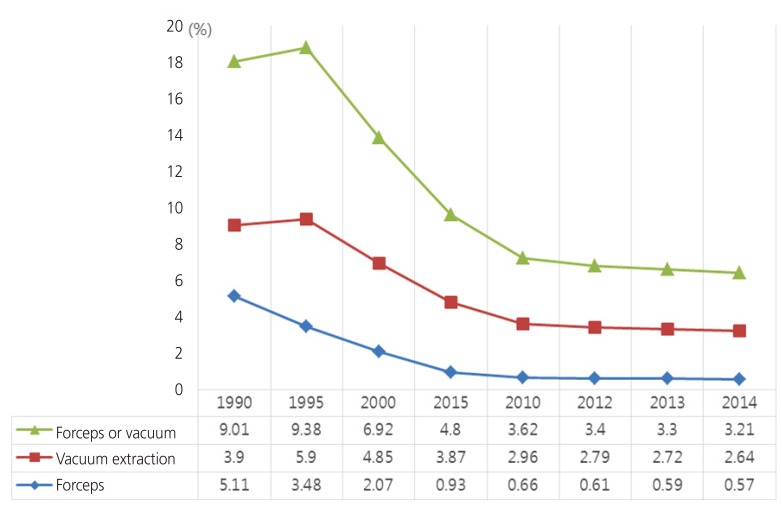
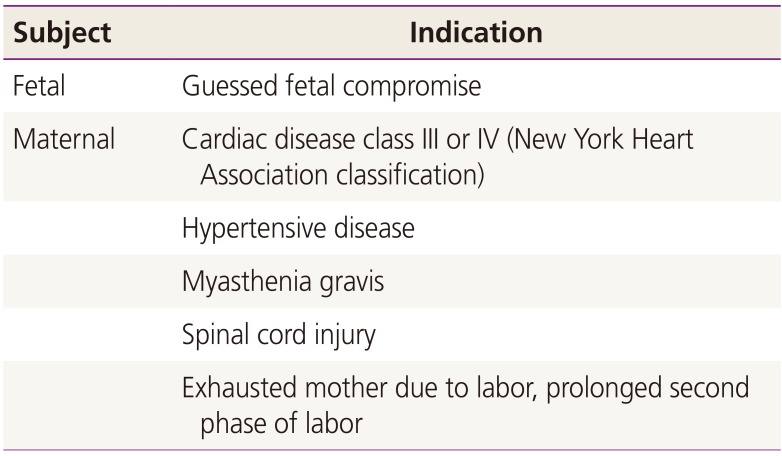
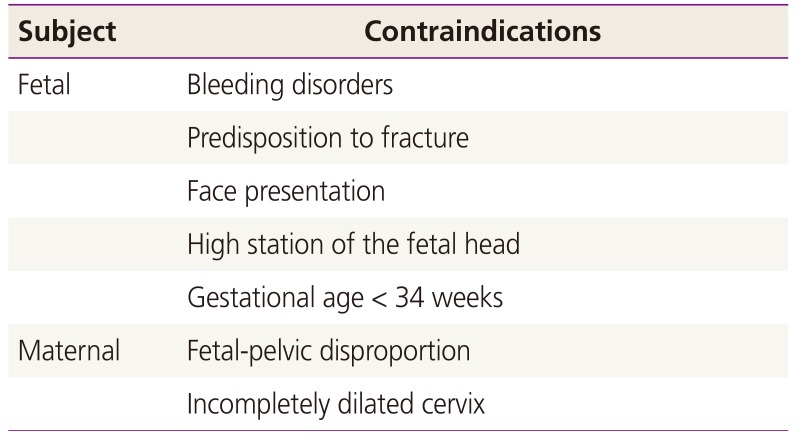
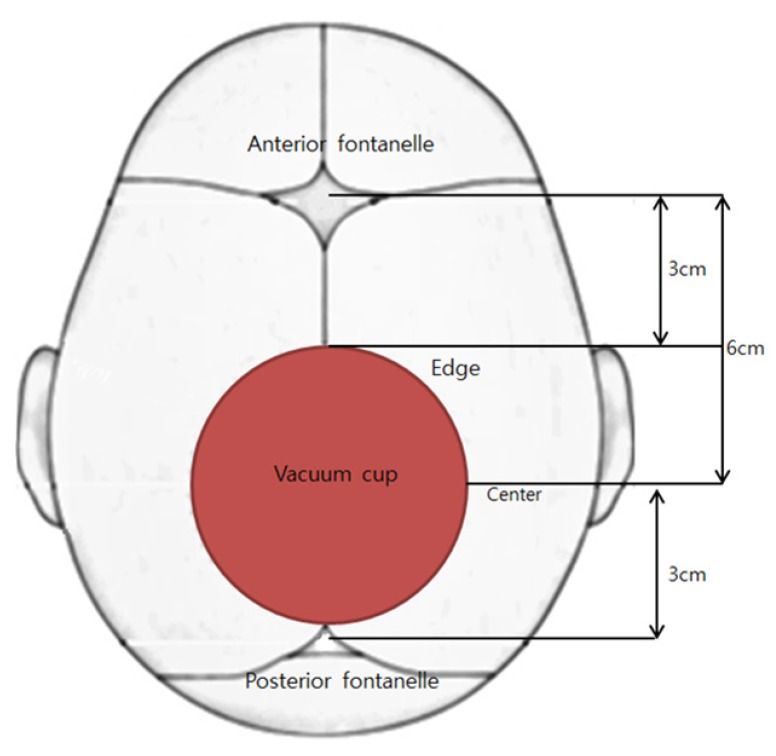




 PDF
PDF ePub
ePub Citation
Citation Print
Print



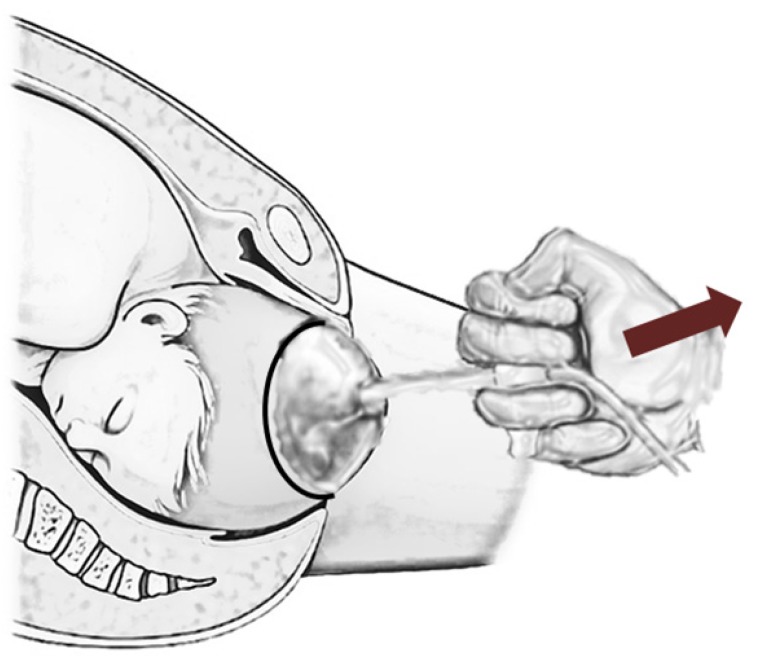
 XML Download
XML Download